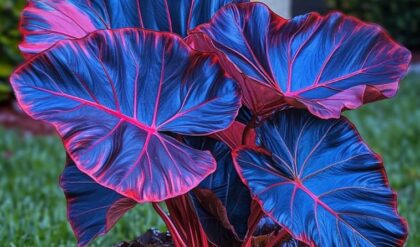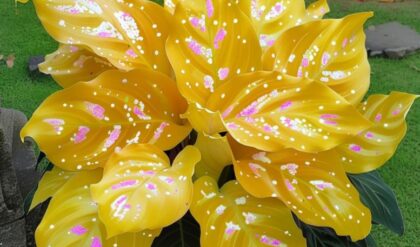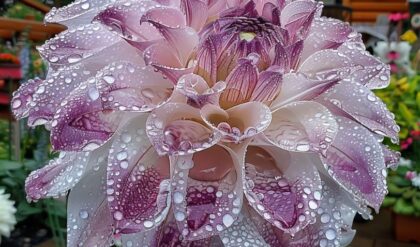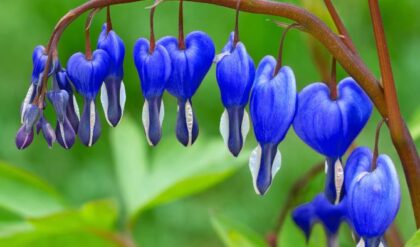Colocasia gigantea, commonly known as the elephant’s ear, captivates the imagination of plant enthusiasts with its remarkable size and tropical allure. Among the various cultivars, the ‘Thailand Giant Strain’ stands out not just for its impressive dimensions but also for the aesthetic and environmental perspectives it introduces to gardens and landscapes.
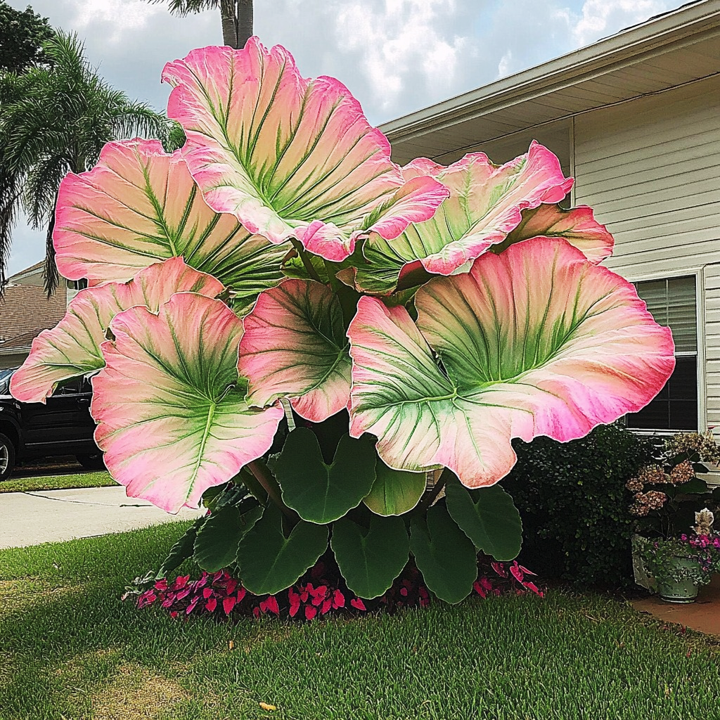
A Majestic Botanical Specimen
The Thailand Giant Strain of Colocasia gigantea is a tuberous, frost-tender perennial hailed for its colossal heart-shaped leaves, which can grow astonishingly large, reaching sizes of up to 5 feet long and 3-5 feet wide . Such sheer scale can transform any garden into a lush, verdant paradise. Imagine walking through a tropical rainforest, dwarfed by massive green foliage that casts intricate shadows on the ground—a living embodiment of nature’s grandeur.
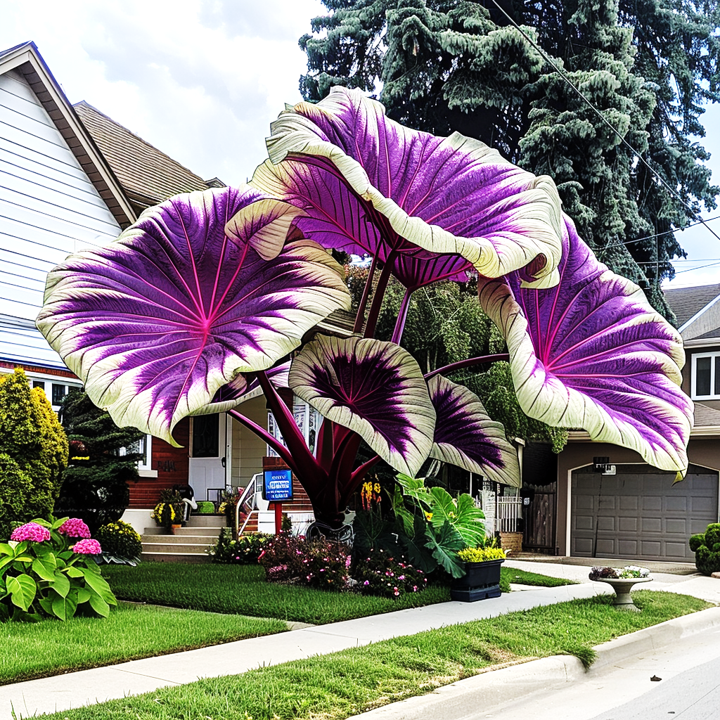
A Plant of Many Facets
While the obvious appeal of the Thailand Giant Strain lies in its size, understanding its relationship with its environment opens numerous avenues for appreciation. For gardeners aiming to create biodiversity, the elephant’s ear serves as an umbrella plant, providing both habitat and shade for smaller flora and fauna, thereby contributing to a balanced ecosystem. Anecdotally, one might even imagine the Black and Yellow Garden Spider relocating her web due to the overwhelming presence of this giant leaf, showcasing how interconnected life exists around such striking plants .
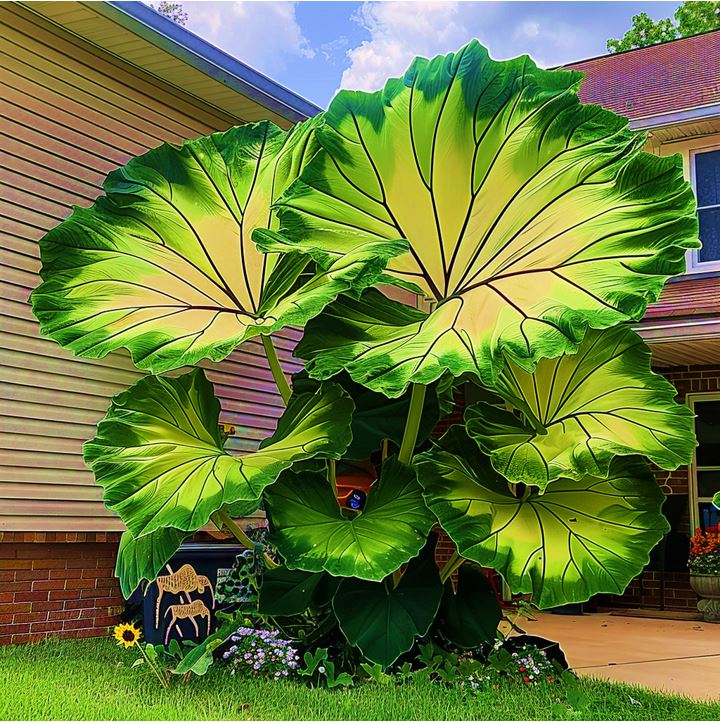
Cultural & Historical Significance
Beyond cultivation, the Colocasia gigantea has historical roots in South Asian cultures, where it has been valued not only for its ornamental beauty but also for its edible tubers, known as taro. This dual function—functioning as both a beautiful landscape element and a vital food source—connects culinary practices with horticulture in fascinating ways. The idea of using a stunning plant like the Thailand Giant Strain not only for beautification but also for nutrition provokes thoughts about sustainable gardening and food security.
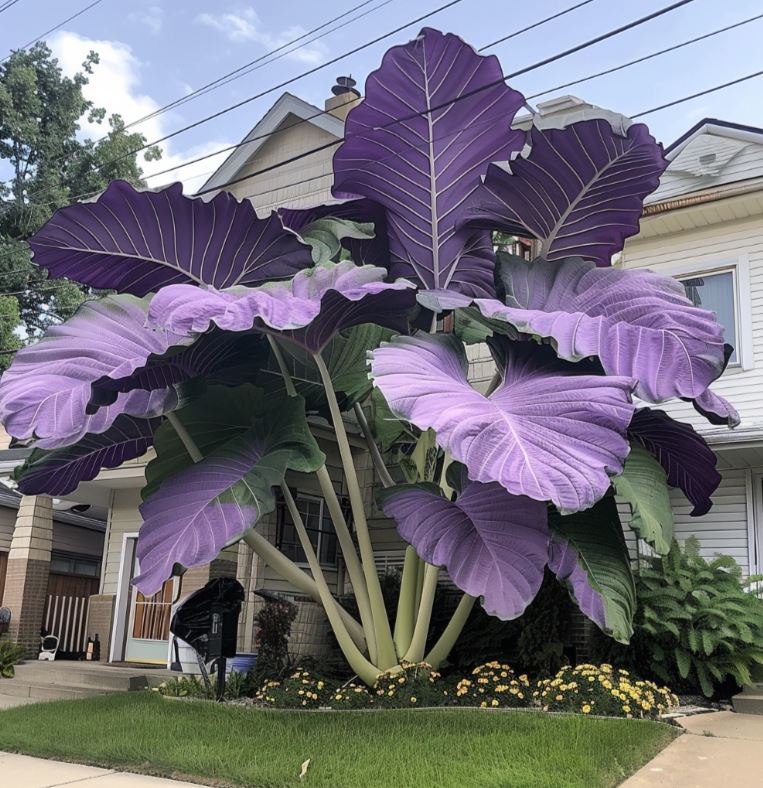
Growth Conditions and Ecological Insights
In cultivating Colocasia gigantea, gardeners must respect its inherent needs: it thrives in moist, fertile environments that replicate its native tropical habitats. This raises questions about the approach we take in landscaping—should we imitate natural ecosystems to promote biodiversity and resilience? As climate change continues to alter our environmental landscapes, utilizing plants that require less water or are more adaptable could lead to innovative techniques in sustainability.
Aesthetics Meets Practicality
The bold form and colors of the Thailand Giant Strain echo the philosophy that functionality does not exist independent of aesthetic appeal. Picture a serene backyard oasis framed with enormous, blue-green leaves swaying gently in the breeze. Here, the Thailand Giant serves not just as a visual statement, but as a practical solution for privacy screening or as windbreaks while nurturing local wildlife.
In thinking creatively and holistically about the Colocasia gigantea ‘Thailand Giant Strain’, we can unravel layers of significance that extend far beyond its impressive stature, revealing deeper dialogues about environmental harmony, cultural heritage, and ecological wisdom.
